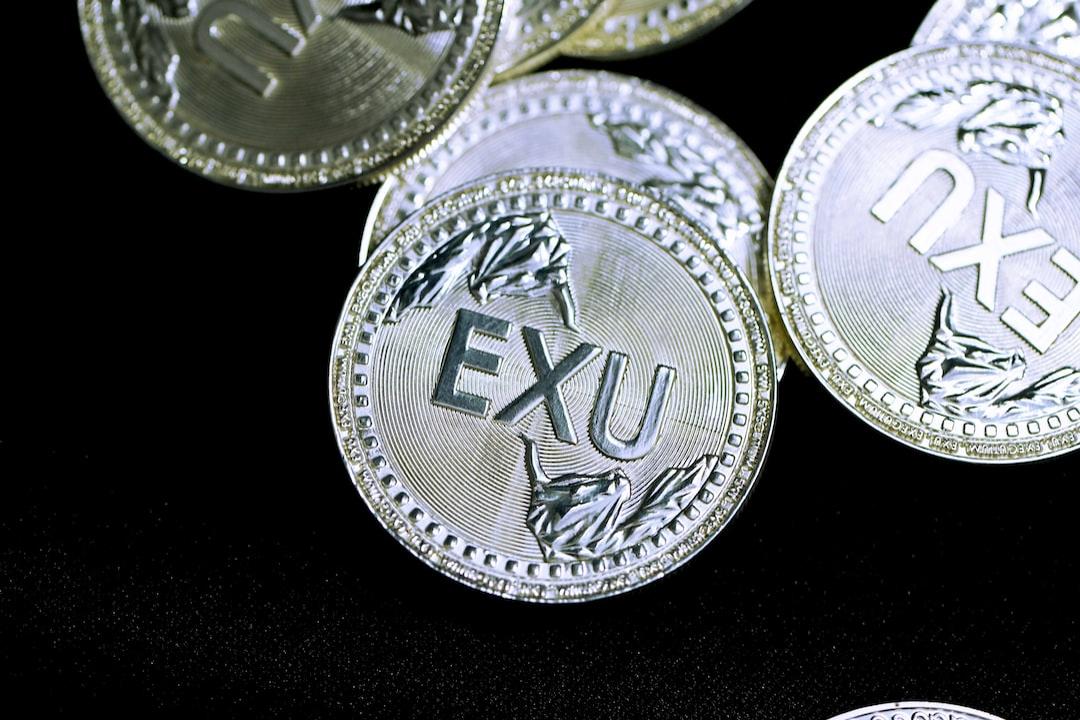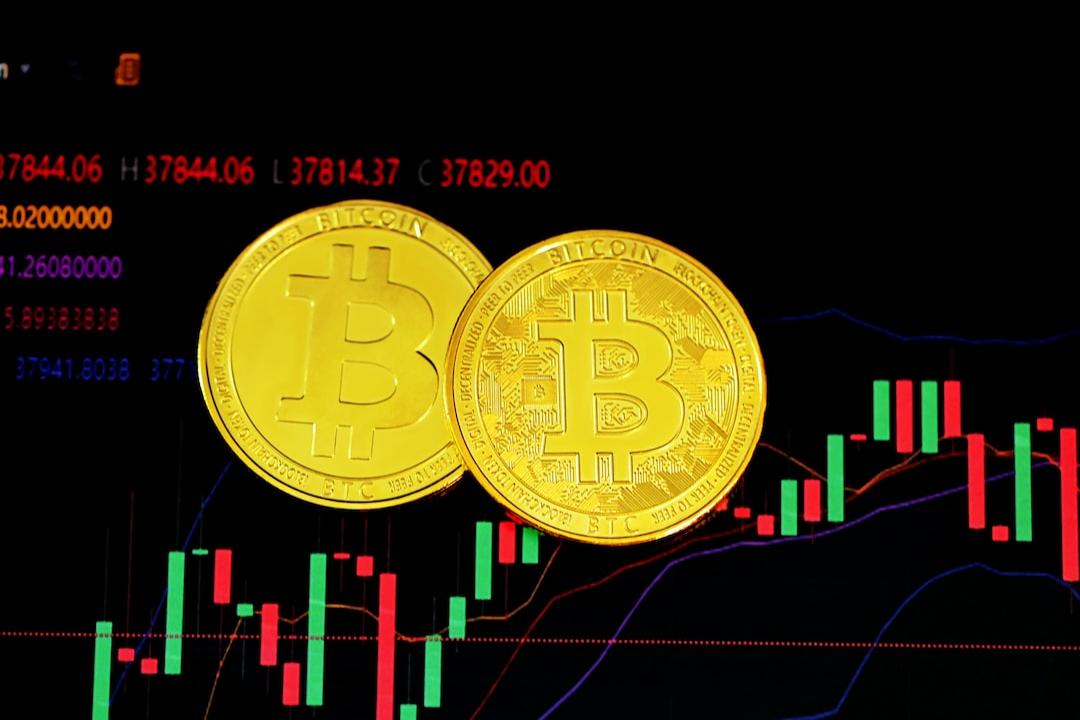Old DeFi Project Bancor Files Patent Infringement Lawsuit Against Uniswap
The long-established DeFi project Bancor has officially filed a patent infringement lawsuit against the leading decentralized exchange Uniswap and the Uniswap Foundation. The complaint states that Uniswap’s protocol structure is built upon the “Constant Product Automated Market Maker (CPAMM)” technology, which Bancor claims to hold the patent for, from which Uniswap has derived substantial profits.
(Background: Uniswap Governance Crisis! Core DAO Members Exit: Foundation’s “Despotism” Turns Decentralized Decision-Making into a Performance)
(Supplementary Background: Are $UNI Holders Entitled to Earnings Distribution? Uniswap Initiates $160 Million Funding Plan: Launching v4 and Unichain Incentives)
According to a report from The Block, the development team behind Bancor, Bprotocol Foundation, along with Bancor’s original developer LocalCoin Ltd., has formally initiated a patent infringement lawsuit against Uniswap and the Uniswap Foundation.
The lawsuit has been submitted to the U.S. District Court for the Southern District of New York, specifying that Uniswap’s protocol architecture is based on the “Constant Product Automated Market Maker (CPAMM)” technology, which Bancor asserts it originally created in 2016 and formally applied for a U.S. patent in 2017.
Bancor’s Specific Allegations: Uniswap Profited from Unauthorized Use of Technology
The lawsuit claims that in the initial version of the protocol launched in November 2018, Uniswap utilized Bancor’s CPAMM design without authorization and developed into one of the most representative decentralized exchanges today.
Bancor accuses Uniswap of “deploying its proprietary technology without permission and reaping substantial benefits from it.” In response, Bancor project leader Mark Richardson stated:
“When an organization continues to use our inventions without authorization and uses them as a means to compete with us, we must take action. For the past eight years, Uniswap has used our patented technology in its projects without ever obtaining our permission. Therefore, we have taken legal action to defend our technology and strive for the benefit of the entire DeFi ecosystem. If companies like Uniswap can act recklessly without facing consequences, we are concerned that this will hinder innovation across the entire industry and harm all DeFi participants.”
Currently, Uniswap has not issued an official response to this lawsuit.
UNI Coin Price Drops 15% in the Past 7 Days
According to CoinGecko data, the current price of UNI is reported at $5.98, with a slight decline of 1.9% in the last 24 hours, and a total drop of 15.7% over the past week, bringing its market capitalization to approximately $3.46 billion.
Although Bancor’s allegations against Uniswap have yet to be adjudicated in court, a favorable ruling for Bancor could negatively impact Uniswap. On the other hand, if there were concerns about infringement as early as 2018, why was there no earlier complaint? We can only await the court’s next notification.

What is Bancor?
Bancor is a DeFi protocol that emerged in 2017, being one of the earliest crypto projects to propose and implement the Automated Market Maker (AMM) model. Supported by the non-profit organization Bprotocol Foundation, its goal is to provide a decentralized, order book-free token trading mechanism.
The core focus of this lawsuit, the Constant Product Automated Market Maker (CPAMM), is a mathematical model used to automatically calculate asset prices and facilitate transactions on the blockchain. The advantage of this model lies in its fully decentralized and automated price discovery and liquidity provision, which serves as the technological foundation for most DEX operations today.

Related Reports
SEC Concludes Uniswap Investigation! Founder: Spent Millions Over 3 Years, DeFi Finally Wins
Alpha Mining: What is the Innovative x(3,3) Mechanism of Shadow Exchange? Sonic Breaks Through Uniswap’s Dilemma
How Flaunch Utilizes Uniswap V4 to Overcome Pain Points in Meme Launch Platforms, Can Innovative Mechanisms Propel the Base Ecosystem?

